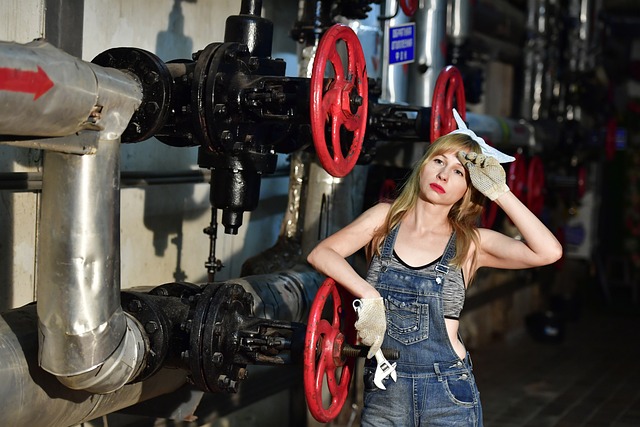Running toilets are a common issue that can lead to significant water waste and higher water bills. These leaks often go unnoticed but can result in over 4,000 gallons of wasted water per month for the average household. A qualified plumber is essential for diagnosing and fixing these issues, which are usually caused by malfunctioning flush valves or flappers in the toilet tank. Homeowners can perform a simple food coloring test to detect leaks before professional help is needed. It's important to address the problem promptly by repairing or replacing faulty parts, and consider upgrading to low-flow toilets for better efficiency. By taking these steps with the aid of a plumber and utilizing available DIY resources, homeowners can effectively manage water usage, reduce utility expenses, and contribute to a more sustainable living environment.
Addressing running toilets is a simple yet impactful way to conserve water, curb utility expenses, and contribute to environmental sustainability. This article provides a comprehensive guide to identifying, repairing, and maintaining your toilet to prevent leaks and reduce water usage. From understanding the mechanics behind common issues to exploring cost-effective solutions such as adjusting or replacing a flapper, installing leak stopper kits, or upgrading to efficient toilets, learn how these fixes can significantly cut down your water bill and carbon footprint. Additionally, we’ll cover professional plumber services for when repairs exceed DIY capabilities and discuss government incentives that reward water efficiency. Join us as we delve into the practical steps every homeowner should know to keep their toilets—and their environment—in optimal condition.
- Understanding Toilet Leaks: The Silent Water Wasters
- Step-by-Step Visual Guide to Diagnosing Common Toilet Issues
Understanding Toilet Leaks: The Silent Water Wasters

When it comes to managing water consumption and reducing utility bills, addressing running toilets is a critical step. These seemingly minor leaks can waste gallons of water each day, often unnoticed, until the next water bill arrives with an unwelcome surprise. A qualified plumber can help homeowners identify these silent water wasters, which occur when the flush valve or flapper in the toilet tank does not seat properly, allowing water to continuously drip into the bowl. This continuous flow not only impacts the environment but also your finances. The average household can waste upwards of 4,000 gallons per month due to leaks alone. To determine if a toilet is leaking, one simple method is to add food coloring to the tank and wait for it to appear in the bowl without flushing. If it does, this indicates a leak that requires immediate attention from a plumbing professional. They can assess the situation, replace faulty components like washers or flappers, or even suggest more efficient toilet models that use less water per flush, such as low-flow toilets. By addressing these leaks promptly with the help of an experienced plumber, you not only conserve water but also contribute to cost savings on your water bill, ensuring a more sustainable and economical home environment.
Step-by-Step Visual Guide to Diagnosing Common Toilet Issues

When a toilet continues to run after flushing, it’s not just an annoyance—it’s a waste of water and can significantly increase your water bills. A step-by-step visual guide can empower homeowners to address this issue themselves before calling a professional plumber. Start by inspecting the tank’s mechanisms. Look for a worn-out flapper or flapper seat, which can cause water to leak into the bowl long after the flush is complete. Adjusting or replacing these components, as shown in visual guides available online or in plumbing manuals, can often resolve the problem. If the flapper isn’t the issue, check the fill valve, another common culprit. A malfunctioning fill valve may allow water to keep flowing into the tank. By following the visual steps to adjust or replace the fill valve—ensuring proper water levels in the tank are maintained while preventing overflows—you can effectively stop a running toilet. For those who prefer a guided approach, there are instructional videos and diagrams online that plumbers often reference for troubleshooting common toilet issues. With these resources at your disposal, you can take proactive steps to diagnose and fix the problem, potentially saving gallons of water and reducing your utility bills. Remember to have basic tools like a screwdriver and adjustable wrench ready, as they are typically all that’s needed for these repairs.
Addressing running toilets is a straightforward yet impactful measure homeowners can take to conserve water and lower utility expenses. By understanding the nature of toilet leaks—a silent yet significant water waster—and utilizing the step-by-step visual guide provided, individuals can effectively diagnose and rectify common issues. For those who prefer professional assistance or encounter challenges, a licensed plumber’s expertise ensures efficient repairs and optimal water conservation. Taking prompt action not only reduces your water bill but also contributes to a more sustainable environment. It’s a small step with significant benefits, making it a wise choice for anyone looking to save water and money.
